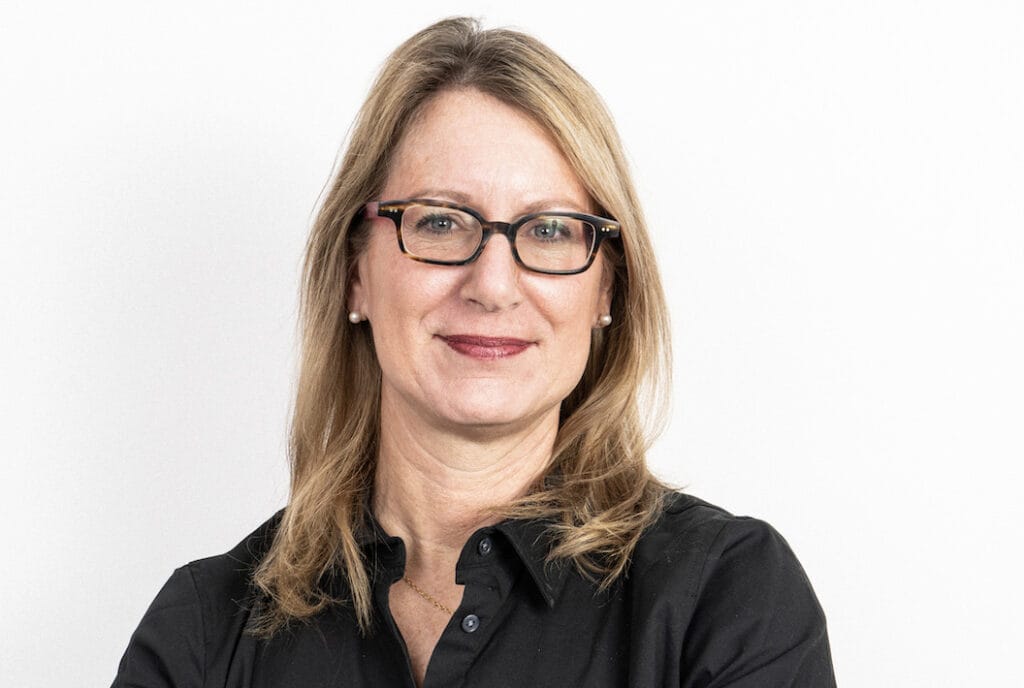
The technology boom in senior living is here to stay, and one new survey is measuring its impact in seniors’ lives as they age in place. Ninety-three percent of US adults plan to age in place, which increases the need for health-related technologies, according to a study from U.S. News & World Report’s 360 Reviews.
U.S. News surveyed 2,000 US adults 55 or older about aging in place, which means “to live in one’s own home and community safely, independently, and comfortably, regardless of age, income, or ability level,” according to the Centers for Disease Control and Prevention. Nearly half (49%) of respondents who use assistive, health-related technology say general aging is their primary reason for adopting it, with additional reasons including impairments in mobility, hearing, vision and cognition, the research said.
The top six devices that have made it easier to age in place are medical or health-related apps, service-related apps including food and grocery delivery, wearable health trackers, smart home technologies, hearing assistance-related devices and medical alert devices, according to the survey.
Some 53% of US adults aged 55 and older use some type of assistive or health-related technology, according to the survey, with two of the most widely used technologies including medical or health-related mobile apps (25%) and wearable medical or health-related trackers (17%). Eighty-eight percent of survey respondents said assistive technologies have improved their overall quality of life.
Of the 47% of survey respondents who said they don’t use assistive or health-related technologies, 70% didn’t feel that they needed them yet, while 16% said they couldn’t afford the technologies and 14% rejected the technologies because they didn’t want to lose their independence.
Asked what features mattered most to them, survey respondents said they wanted products that were easy to use and set up, accessible via mobile app, wireless, voice-activated and have discreet product design.
This article originally appeared on McKnight's Senior Living


